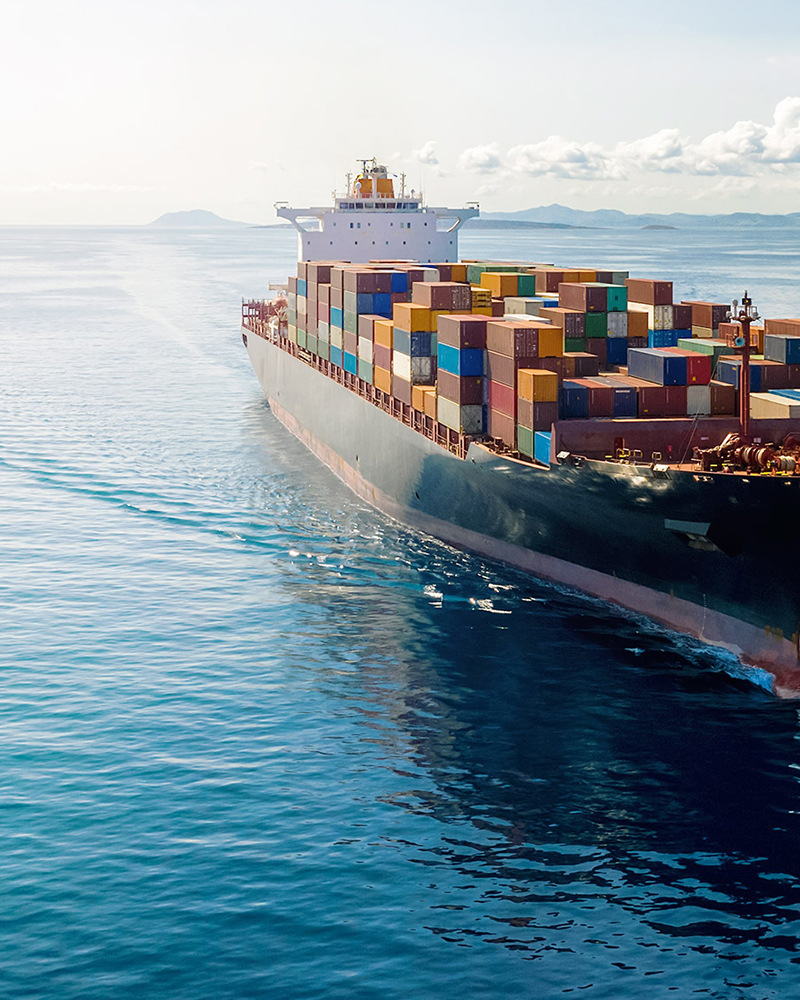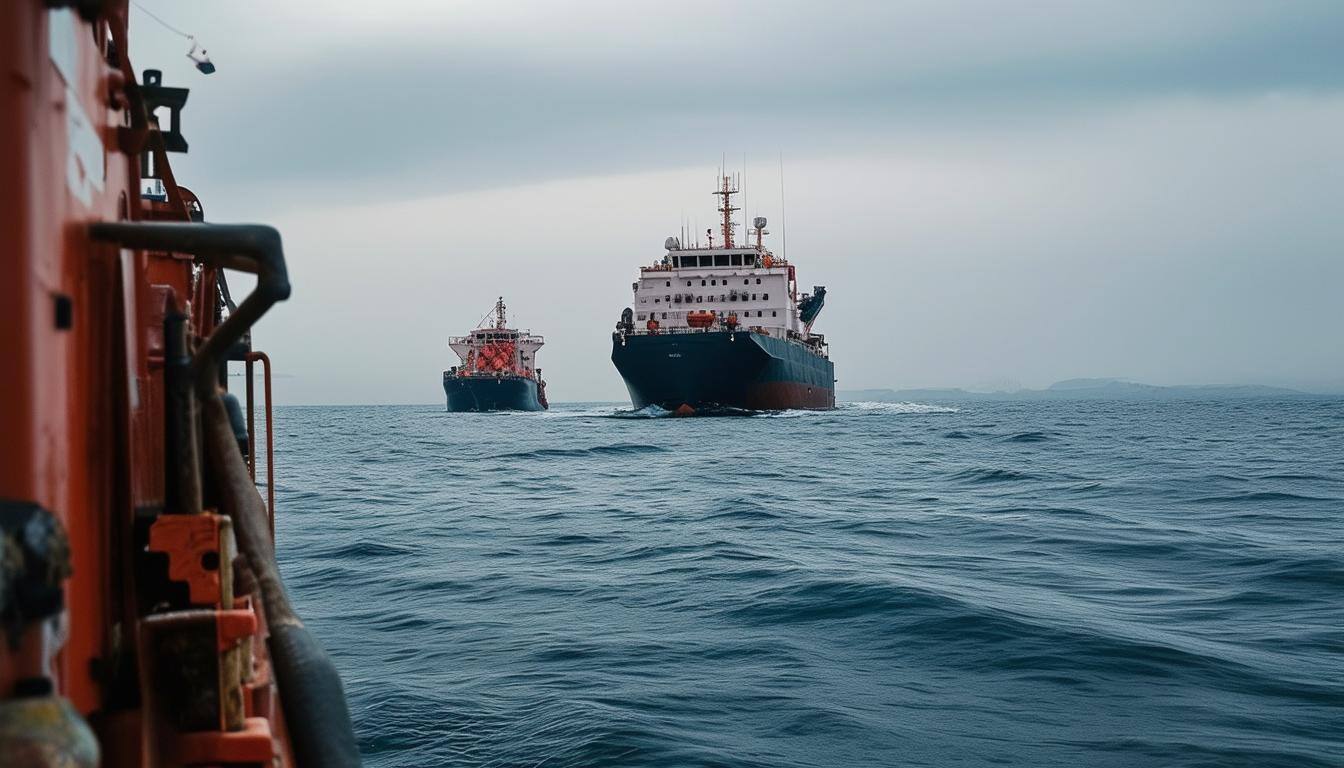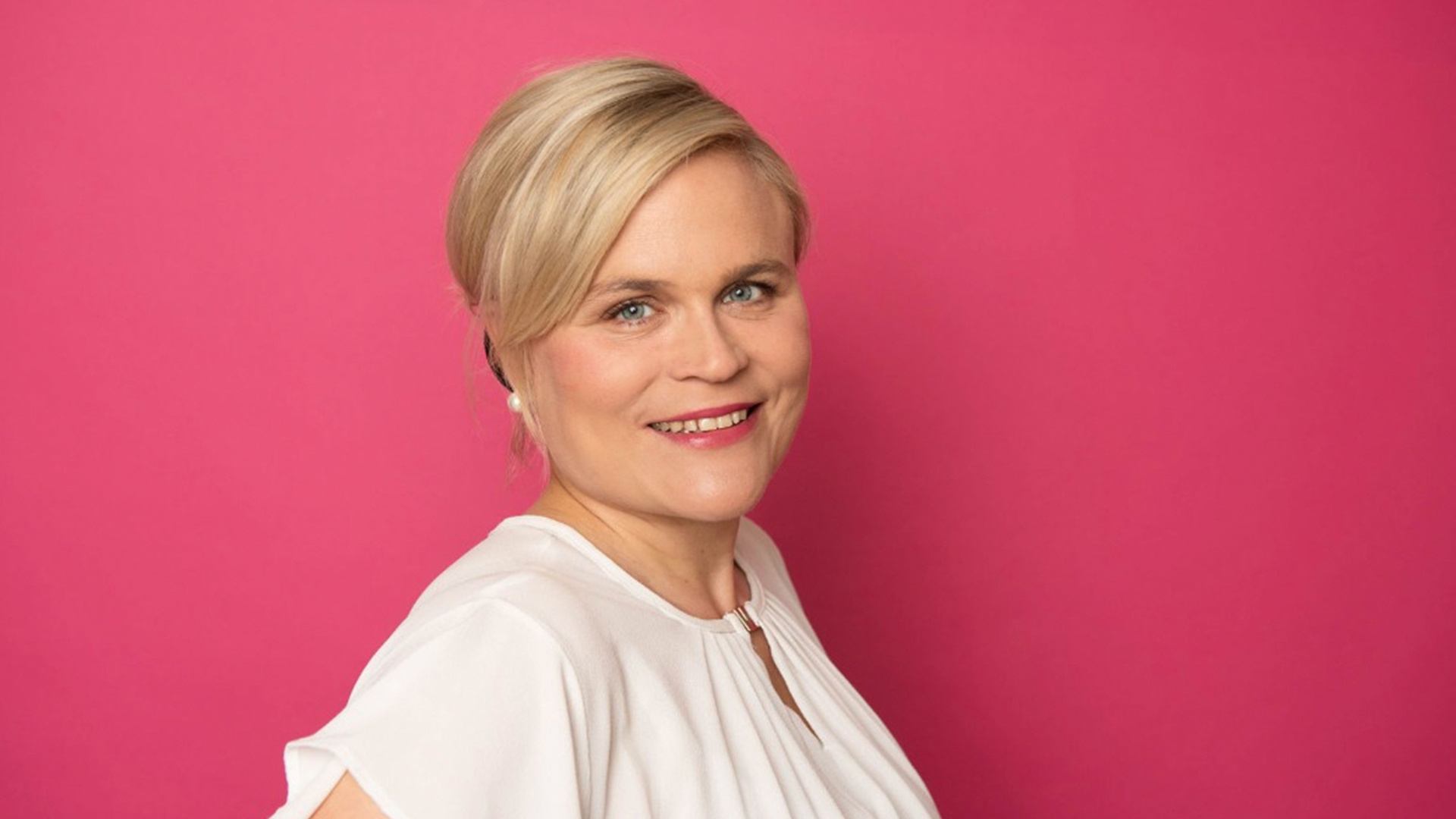Head of Traffic & Logistics
Helsinki
+358 40 715 5763
karoliina.tiuraniemi@siili.com


Case Study
Virtual Port Arrival
Maritime innovation
Reduced CO2 emissions and fuel consumption through data-focused collaboration and information sharing
Introduction
Siili Solutions, in collaboration with Fintraffic and several key maritime stakeholders, has spearheaded the Virtual Port Arrival initiative (VPA), an innovative approach aimed at reducing CO2 emissions and fuel consumption in shipping through data-focused collaboration and strategic design.
The challenge behind this initiative is the ever-increasing climate change that pushes the maritime sector to find sustainable solutions to support their emission-saving targets set by the new maritime environmental regulations.
The maritime industry is under increasing pressure to reduce its carbon footprint. “Hurry to wait” is one reason for excessive emissions. Currently, vessels rush to the port with the prevailing First Comes First Served principle even if there is a known delay. This is partly due to the potential breach of current contracts. As a result, vessels arrive at ports only to wait for an available berth, leading to unnecessary fuel consumption and emissions.
The Virtual Port Arrival is conceived as one solution to reduce excess emissions. The idea of Virtual Port Arrival has long been acknowledged for its advantages, yet its adoption has remained limited due to, e.g. contractual limitations and business incentives related to demurrage.
24%
reduction in CO2 emissions
20%
reduction in energy consumption
With VPA only in 1 year in Finland alone the savings would be 135 000 MT CO2 emissions and 45 M € of fuel and ETS cost

Siili has successfully brought together diverse stakeholders in the project, uniting insights and expertise into a cohesive effort. The initiative has progressed through strong collaboration and a highly motivated mindset.
The project contributes to the European Gaia-X common data space initiative, aimed at setting data sharing standards and building a unified European data infrastructure. Additionally, it is planned to be integrated with the NEMO European Single Maritime Window.
The initiative is a collaborative effort involving Fintraffic, ESL Shipping, Port of Oxelösund, Yara International, SSAB, and 27 other organizations, leveraging insights from an earlier trial led by ESL. According to the trial, the Virtual Port Arrival initiative proved a reduction of CO2 emissions by over 24% and energy consumption by 20%.
Challenge
The maritime industry is under increasing pressure to reduce its carbon footprint.
Climate change pushes the maritime sector to find sustainable solutions to support their emission-saving targets set by the new maritime environmental regulations. “Hurry to wait” is one reason for excessive emissions.
Currently, vessels rush to the port with the prevailing First Comes First Served principle even if there is a known delay. This is partly due to the potential breach of current contracts. As a result, vessels arrive at ports only to wait for an available berth, leading to unnecessary fuel consumption and emissions.
The Virtual Port Arrival is conceived as one solution to reduce excess emissions.
The idea of Virtual Port Arrival has long been acknowledged for its advantages, yet its adoption has remained limited due to, e.g. contractual limitations and business incentives related to demurrage.
The Virtual Port Arrival project has garnered significant attention and was nominated as a key initiative in the Global Green Shipping Challenge at the COP27 UN Climate Change Conference.


Leading this innovation project across the maritime ecosystem highlights the impact of service design. Uniting stakeholders and integrating data, business, legal, and strategic design has been crucial to achieving impactful results.
To address the inefficiencies, the Virtual Port Arrival initiative integrates data from various sources, including port operators, shipping companies, charterers and traffic management systems, to share accurate, real-time information that optimizes vessel speed and arrival times.
The Virtual Port Arrival concept combines advanced data analytics and real-time information sharing to optimize the arrival times of vessels. When a delay at the port is identified, the vessel slows down to ensure it arrives when the berth becomes available, thus eliminating unnecessary fuel consumption, reducing emissions and idle waiting time at the anchorage.
Vessels using Virtual Port Arrival receive a line-up position already while sailing without violating contracts. The concept is applicable to all Charter Party types and is based on data standards and regulations. It can be used with Just in Time (JIT) or as a standalone solution by ports and maritime stakeholders.

Seldom we have moments where gaining money aligns with saving the planet

All stakeholders should have an ambitious and shared goal to reduce maritime emissions, and the VPA offers a great opportunity to transform existing and sometimes inefficient practices into smarter ones, while simultaneously lowering emissions and transportation costs.
The results of the Virtual Port Arrival initiative have been impressive.
According to business calculations, based on real vessel voyages by ESL Shipping and port call data, the use of Virtual Port Arrival leads to significant CO2 emission savings. To put this into perspective, only in Finland, the use of Virtual Port Arrival in 2022 would have saved over 45 M € of fuel costs and EU Emission Trading System costs, and eliminated CO2 emissions for more than 135,000 MT CO2, which is more than 230,000 round-trip flights between Helsinki and Munich, or the environmental impact of driving over 925 million kilometers.
This just makes you think what this could be if Virtual Port Arrival were scaled worldwide.

Throughout the 8 months, Siili has shown leadership and commitment to go beyond the initial expectations.
Conclusion
The project showcases the platform and its features through Proof-of-Concept (PoC) work. It provides a means of communication and decision-making in estimating a Virtual Estimated Time of Arrival, demonstrates the contractual framework and the method for calculating benefits based on vessel consumption, as well as the distribution of these benefits among stakeholders.
Alongside the Virtual Port Arrival project, harnessing Data Space in VPA data sharing was explored. The Data Space PoC was executed by using Eclipse Dataspace Components (EDC) for the creation of three connectors in making the data sharing easy within a Gaia-X aligned Data Space.
The Virtual Port Arrival project, led by Siili Solutions, is not just a technological innovation but a critical step towards more sustainable shipping.
By fostering collaboration and data sharing across the ecosystem, the initiative has proven that substantial environmental and economic benefits can be achieved. As part of the Green Shipping Challenge at COP27, this project has set a new path for how maritime operations can contribute to global sustainability goals by bringing the maritime ecosystem together around this wicked problem we are all facing: climate change.

Siili has done stellar work in leading the VPA program. Done great stakeholder analysis, and understanding of the value creation and new business models for VPA as a data product. The technical implementation of VPA as data space proof of concept has gained them important insights and experience. We are happy with the outcome.
Project technologies and partnerships
-
- Fintraffic
- ESL Shipping
- Port of Oxelösund
- Yara International
- SSAB
- 27 other collaborating organizations.
-
The following technologies and methodologies were employed in the development of the AI-powered invoice processing system:
- Advanced data analytics
- Real-time information sharing
- Traffic management systems
Contact us
Want to be the next success story with us?
Siili is the go-to-partner when you want to work with brilliant and honest experts that are not afraid to challenge back. We truly work with you, not for you, in the pursuit of the right solution.
Looking for the next step in your career? Join us: Join Us at Siili
-
→Karoliina Tiuraniemi
Get Our Latest News
Immerse yourself into the latest twists and turns of life at Siili! Subscribe to our monthly newsletter, and stay up to date with our stories.
